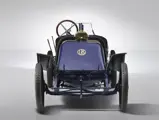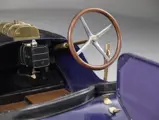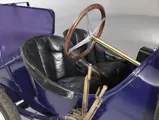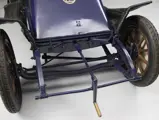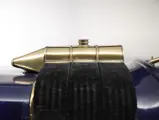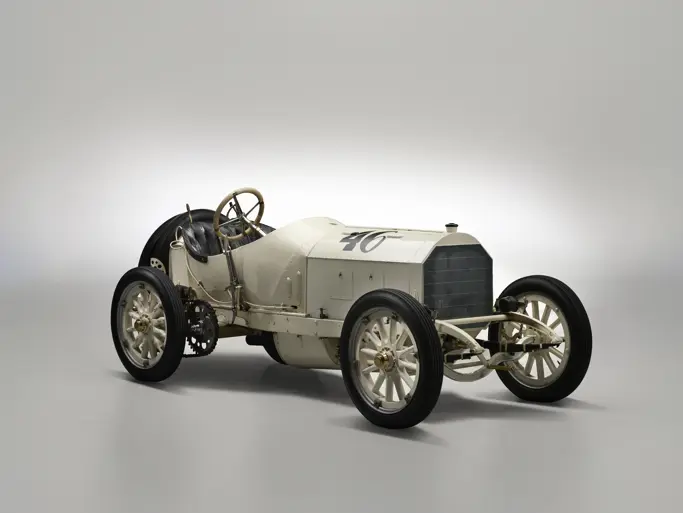
1911 Laurin & Klement Type S2 Sportswagen
{{lr.item.text}}
$179,200 USD | Sold
Offered from the Collection of the Indianapolis Motor Speedway Museum
{{bidding.lot.reserveStatusFormatted}}
- An extremely early pioneer of what is today known as “active aerodynamics”
- Documented with delivery paperwork to original owner and racer, Baron Leo Haan
- Fascinating engineering, including a twin-cylinder engine and adjustable rear wing!
- Acquired by the Indianapolis Motor Speedway Museum from its second owner in 1964
- Preserved in largely original and unrestored condition
- Simply marvelous to behold in every regard
An utterly fascinating piece of design and engineering, this striking Edwardian racing car was constructed by Laurin & Klement, which produced automobiles in Prague, Bohemia, between 1906 and 1928, and would eventually evolve into the modern manufacturer, Škoda. It features an interesting horizontally opposed twin-cylinder, four-stroke engine, with the radiator actually mounted behind the engine and wrapped around the cowl, a configuration that permitted the “chisel”-like front-end styling reminiscent of Renaults and other cars of the period. While no firm documentation exists, later owner Günther Heger indicated that three examples of this design were produced and that the other two were subsequently destroyed by the factory.
While the car was long exhibited in the Indianapolis Motor Speedway Museum as a 1906 model, a document on file from Lauren & Klement, dated 1912, indicates that it was actually completed in 1911 and delivered to Baron Leo Haan of Graz, Austria. A popular racer of the period, the Baron experimented with the car, installing full wheel covers and, most prominently, a canvas-covered wooden rudder behind the tail, linked by a rod to the steering gear. Turning the steering wheel changed the angle of the rudder, producing side force and diminishing the car’s tendency to skid through turns. In many ways this can be considered the predecessor of the active aerodynamics used on today’s Formula One machines, albeit in a much less sophisticated form. Baron Leo Haan competed with the car in a hillclimb event at Troppau on 25 June 1911, finishing 2nd overall.
On 26 May 1912, the car was featured in the Austrian Automobil-Zeitung, in an article headlined “A race car feature that reminds one of aviation. An invention of Baron Leo Haan—The side steering for making turns,” in which the car’s design, including the “side steering” as the Baron described it, was lavishly described and pictured.
Further documentation on file indicates that the Baron eventually sold his car to Günther Heger of Vienna, who in offering the car to the Indianapolis Motor Speedway Museum in 1964 noted that it had been in storage for 40 years and that “the first owner, from whom I bought the vehicle, is still alive today and successfully competed in numerous races in this car.” It was soon acquired and has since been exhibited off and on in the Museum’s halls for the last 60 years. A remarkable “survivor,” it was repainted decades ago but is otherwise totally original and absolutely unchanged from its original competition use, including upholstery and the finishes of the engine compartment and undercarriage. To find a period competition automobile that is intact is an incredibly rare opportunity; to find one with known heritage, even more so; and to find one that has essentially survived in one piece, never apart or restored, is unheard of. Recently sorted mechanically, it could benefit from rebuilding the original wooden wheels if the new owner desires to run it at its full potential.
Running extremely well following a recent service, the Baron’s Laurin & Klement is a fascinating piece of engineering, ahead of its time in every important regard, and at the forefront of attention for any collector who favors the state-of-the-art and unusual.










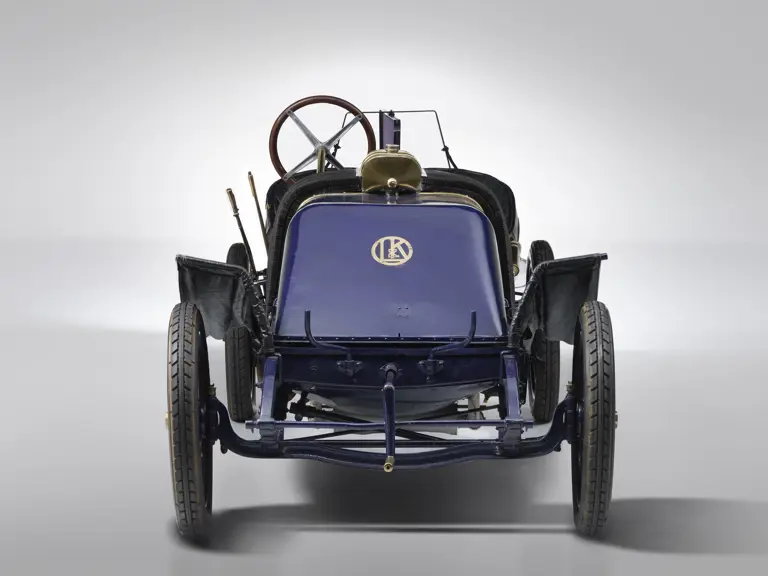








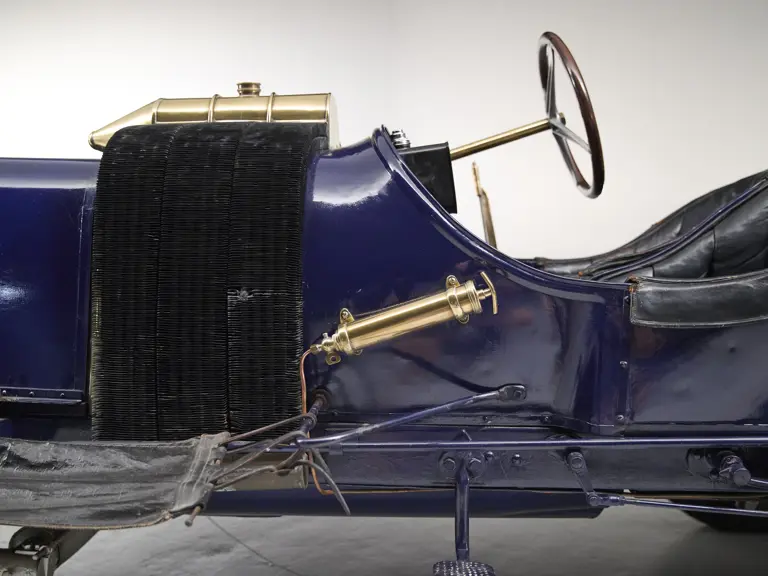


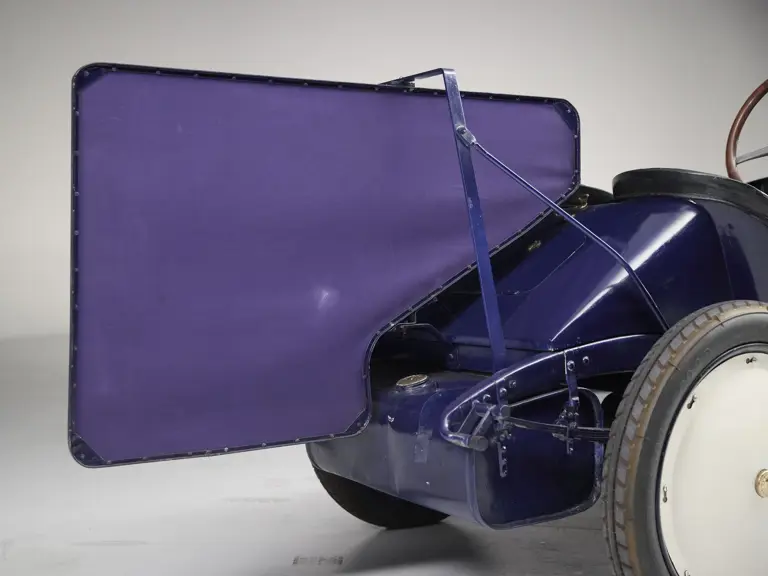

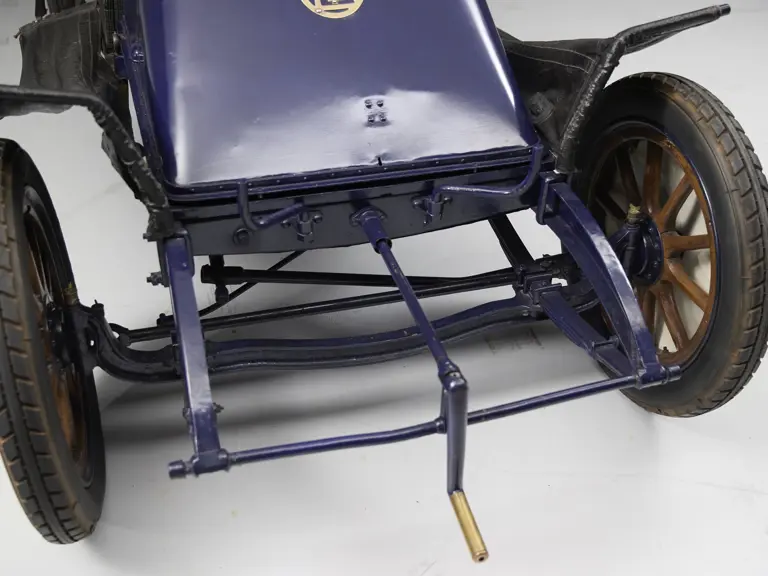


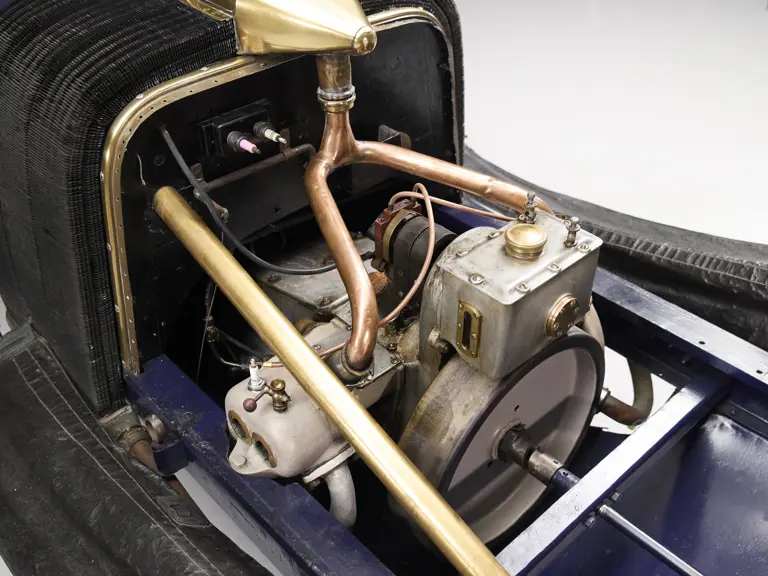
 | Coral Gables, Florida
| Coral Gables, Florida





